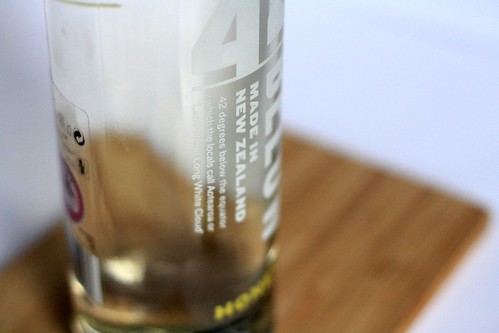It's a relic of an age of drinking very different to the one we have now. Its creation is tied to two specific occurrences - the entry of one Antoine Amedie Peychaud into the manufacture of medicinal bitters (sometime around 1830; the Sazerac Company, who do have a horse in the race, specifically date the drink's creation to 1838) and the establishment of the Merchant's Exchange Coffee House (later the Sazerac House) in New Orleans - and both happen before molecular mixology was a thing, before super-premium vodka was thing, before the light, sour style of cocktail found in places like Cuba and Mexico gain prominence during US prohibition became a thing, even before vermouth was a thing.
If anything, the Sazerac is a product of constraint. It's arguably as good of a drink as can be made from its four ingredients and even those have been informed by constraint. The original formulation called for a Cognac base which changed to rye whiskey after the phylloxera blight ended the former's run as the world's pre-eminent spirit; the absinthe rinse was modified to a less intense, more legal substitute following the US ban on La Fée Verte in 1912; whenever an ingredient became unavailble, the recipe was amended to suit what was available. Its survival and enduring popularity really is a testament to not being dogmatic about a recipe.
These days, if someone creates a recipe along similar lines to a Sazerac, or its close cousin, the Old-Fashioned, it's a conscious choice to reject the possibilities offered by the sheer range of ingredients available. Conversely, the Sazerac itself rejects those possibilities not because its creator wanted to but rather because he had no choice other than to do so; those things just weren't available. Trying a Sazerac today is taking a step back to a time when bartenders didn't have a lot to work with and worked wonders with what they had.
In another startling break with tradition, we're presenting this recipe in video form.




